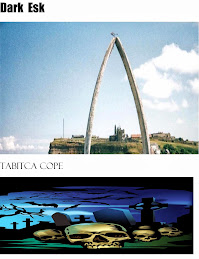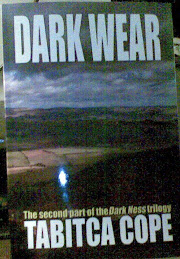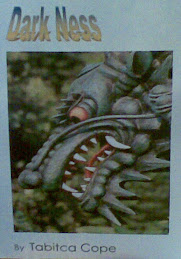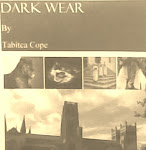Meet Big Foot's Chinese cousin
English.news.cn 2010-10-31 10:56:30 by Erik Nilsson
BEIJING, Oct. 31 (Xinhuanet) -- China has its fair share of mythical creatures which roam the countryside leaving tantalizing glimpses and a footprint or two. Erik Nilsson hunts down a couple of sightings.Meet China's monster mesh - the cast of creatures, known as cryptids, whose existences haven't been verified but which some believe roam the country's wild places. China is host to plenty of myths about the not-so-distant relatives of the world's most celebrated cryptozoological creatures.Most foreigners know of Big Foot's cousin, the Yeti, also known as the abominable snowman, which reportedly roam Himalayan Tibet. But fewer have heard of the yeren, or wild man, said to prowl the primeval forests of Hubei province's Shennongjia. Zhang Jiahong, a sheep rancher in Muyu town who claims to have seen two of the ape-men in 2005, told China Daily earlier this month they had "hairy faces, eyes like black holes, prominent noses and disheveled hair, with faces that resembled both a man's and a monkey's".More than 400 locals have reported yeren encounters, the Wild Man Research Association says.Explorer Zhang Jinxing says he has found traces of the creature, including hair, footprints and scat on at least 19 occasions.He began living as a hermit in the 3,200-square-kilometer mountain range in 1994 in hopes of seeing the beast for himself and hasn't given up hope. Local trappers made world headlines when they caught a critter they said was a yeren this April. But biologists in Beijing determined the bizarre beast to be an excessively mangy civet, the Telegraph reported.While no evidence has surfaced to verify the yeren's existence, another former cryptid from the same woodland, the Shennongjia polar bear, was proven to exist in 1922, UNESCO says.Despite the animal's coloration, the "polar bear" moniker is a misnomer, as the creature's closest relative is the Asiatic black bear, as a 2006 study of its genetics published by the US National Center for Biotechnology Information confirmed.Biologists from around the globe have been flocking to Shennongjia to study the "whitenized" genetic clines of the bears and a slew of other endemic species, including white snakes, monkeys, muntjacs or baking deer and serows, a goat-like creature.But while the Shennongjia polar bear has been transferred from the cryptids list to that of scientifically recognized taxonomy, the Maltese Tiger has had no such luck. Alleged sightings of the giant "blue tiger" are occasionally reported in Fujian province, but no solid evidence confirms the big cat's existence.China also has its answers to the Loch Ness Monster. For centuries, massive water-dwelling beasts were believed to lurk beneath the surface of Xinjiang autonomous region's Kanasi Lake, occasionally wriggling onto the shores to snack on cattle.These monsters made world headlines in 2007, when a tourist's eight-minute video of 15 mysterious creatures swimming in the lake was broadcast on national television. The animals' exposed parts appear larger than the lake's largest tour boat, People's Daily reported.There have also been water monster sightings on the other side of the country in Jilin province's Tianchi Lake. The cryptid captured world attention when TV reporter Zhuo Yongsheng filmed six strange creatures swimming in the lake for 20 minutes in 2007.Be they real or not, the animals that are the stuff of Chinese local legends are gaining global appeal among those who believe the line between the mythical and the mysterious is finer than most think.
(Source: China Daily)



















